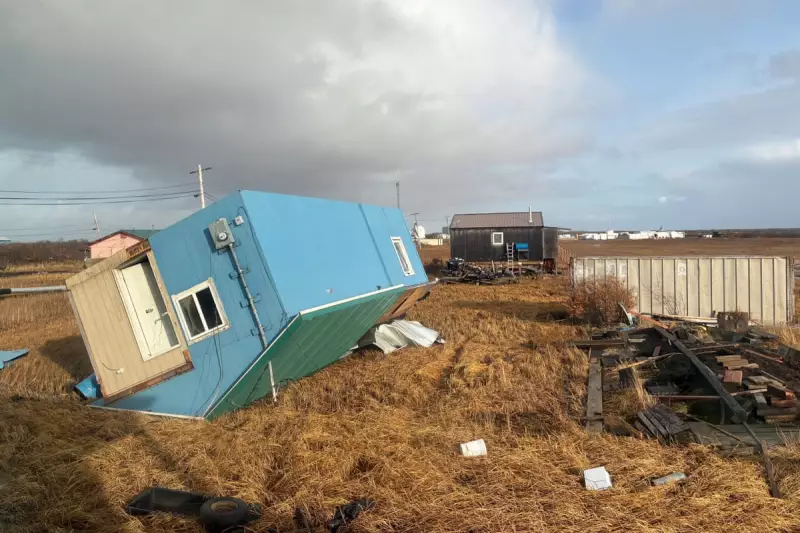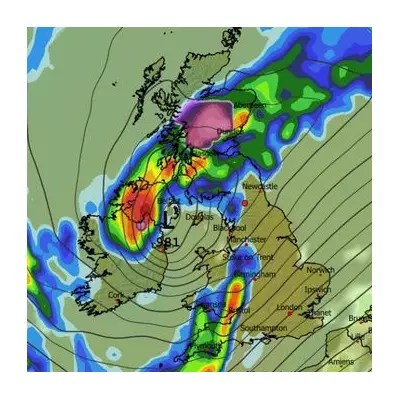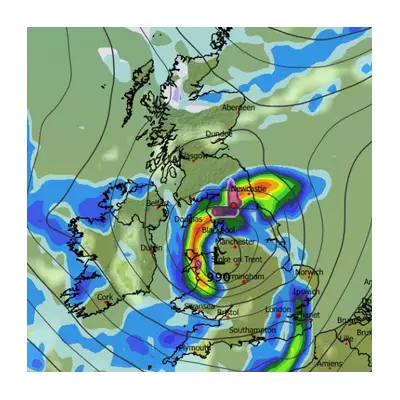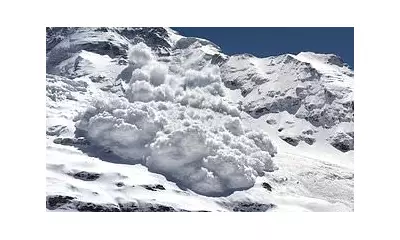
In an extraordinary weather event that has left meteorologists stunned, the United States is grappling with a dual meteorological crisis spanning from the Arctic north to the Atlantic coast. Typhoon Bolaven, a storm of unprecedented power for the region, has unleashed devastation across Alaska's western coastline.
Alaska's Unprecedented Typhoon Onslaught
The remnants of Typhoon Bolaven have battered Alaska with hurricane-force winds reaching a staggering 90mph, transforming the typically serene coastal communities into disaster zones. The storm surge has proven particularly destructive, with water levels rising up to 10 feet above normal in some areas, threatening critical infrastructure and forcing emergency evacuations.
Residents of Nome faced terrifying conditions as the typhoon made its presence felt with remarkable intensity. Emergency services have been working around the clock to respond to the devastation, with initial reports indicating widespread power outages and significant structural damage to coastal properties.
New York's Looming Flood Catastrophe
Meanwhile, on the opposite side of the continent, New York state is preparing for what weather officials are calling a potentially historic flooding event. Forecast models predict rainfall amounts that could reach between 5 and 8 inches in some regions, raising serious concerns about flash flooding and river overflows.
The National Weather Service has issued extreme weather warnings spanning multiple states, with particular emphasis on the flood risk in New York, New Jersey, and Connecticut. Meteorologists note that the atmospheric conditions creating this event are exceptionally rare for October, typically a more stable weather month for the region.
Climate Connections and Emergency Responses
Climate scientists are pointing to this extraordinary weather pattern as further evidence of our changing climate system. The simultaneous occurrence of a tropical system affecting Alaska while the northeast faces tropical-level rainfall highlights the increasing volatility in global weather patterns.
Emergency management teams across both regions have activated their highest response levels. In Alaska, rescue operations are underway in the most affected communities, while in New York, evacuation plans are being prepared for low-lying areas most vulnerable to flooding.
Transportation networks are expected to face significant disruptions, with flight cancellations already being reported and rail services preparing for potential suspensions as the severe weather progresses.





